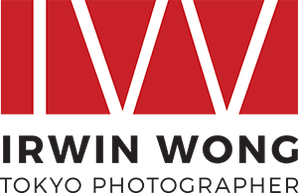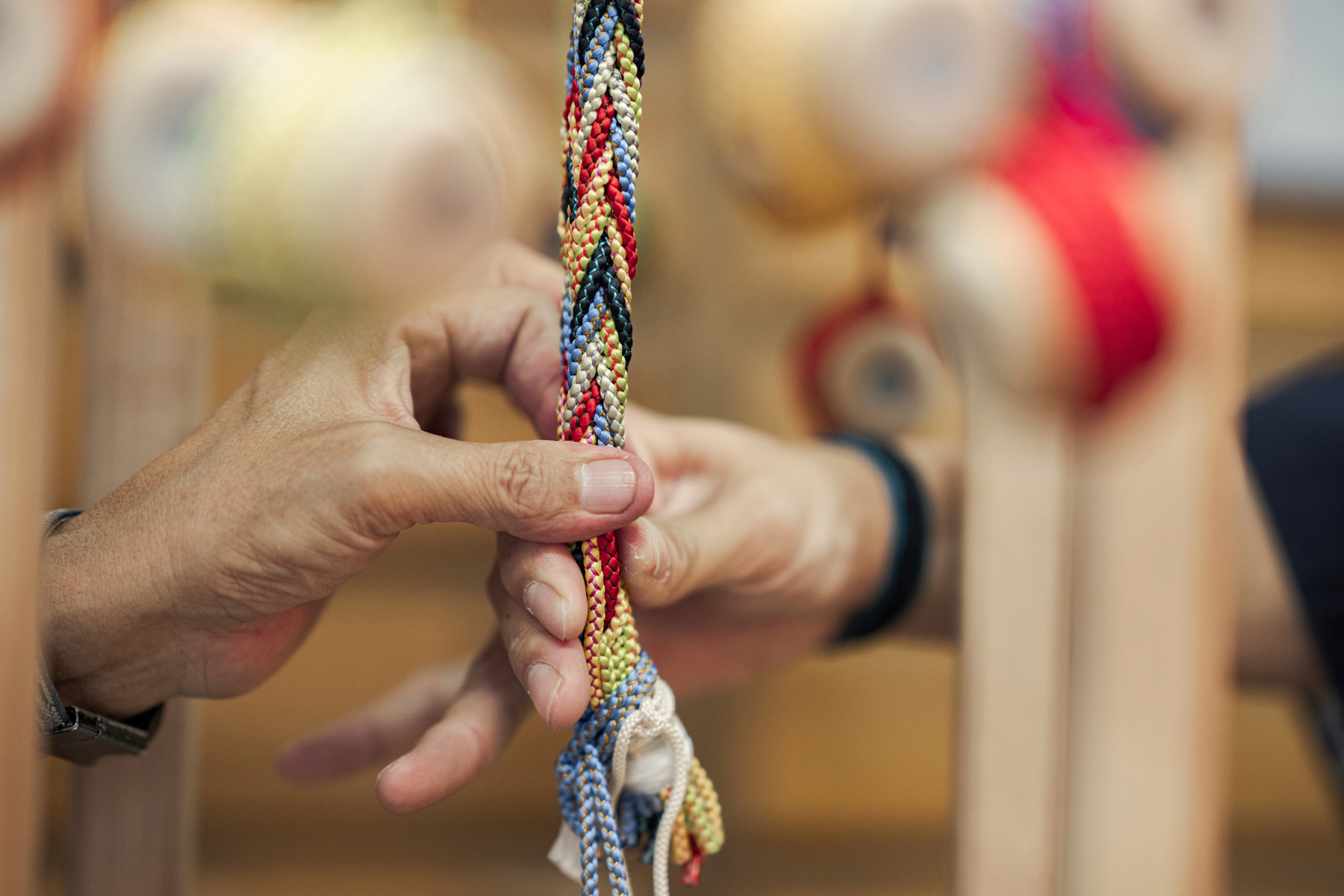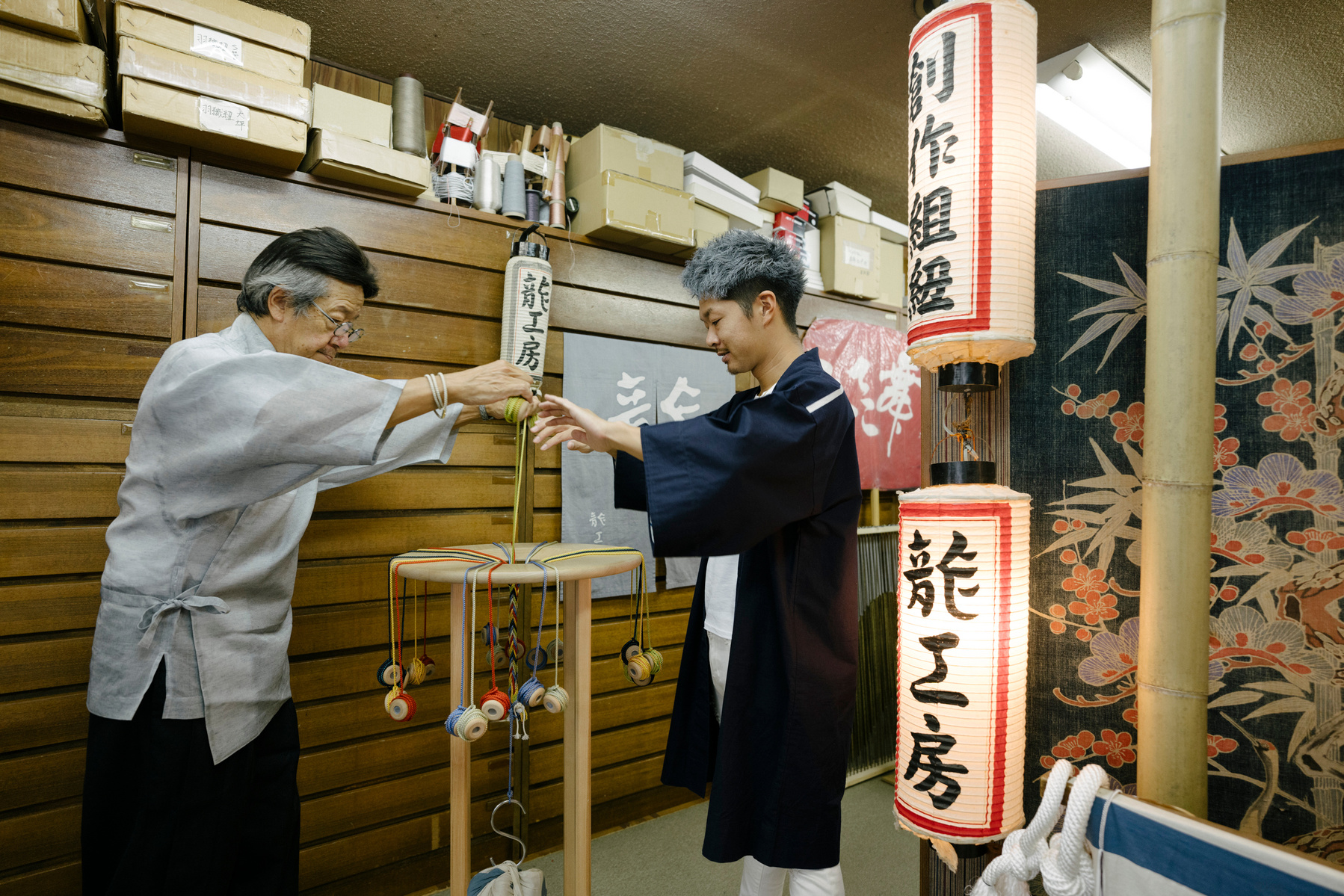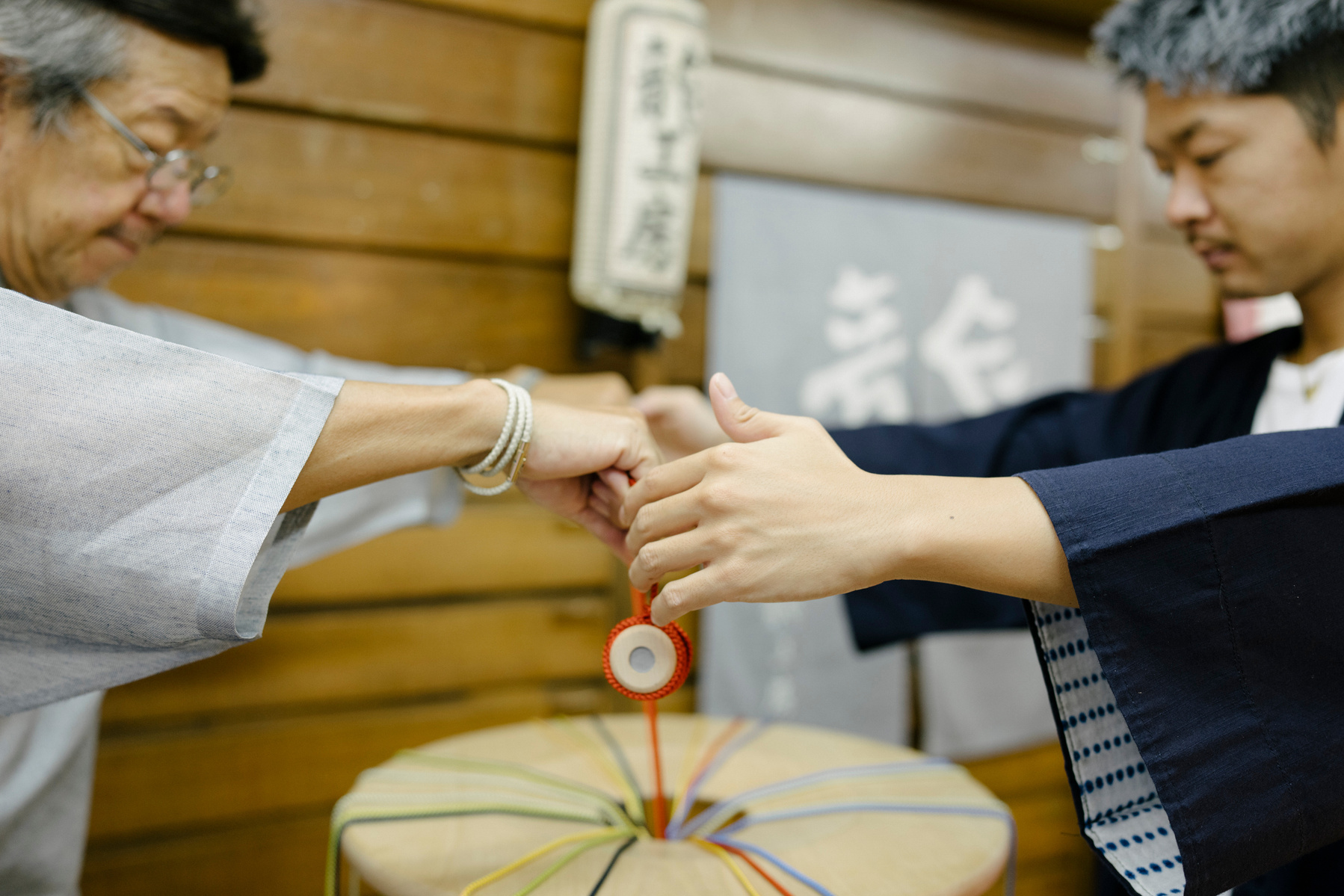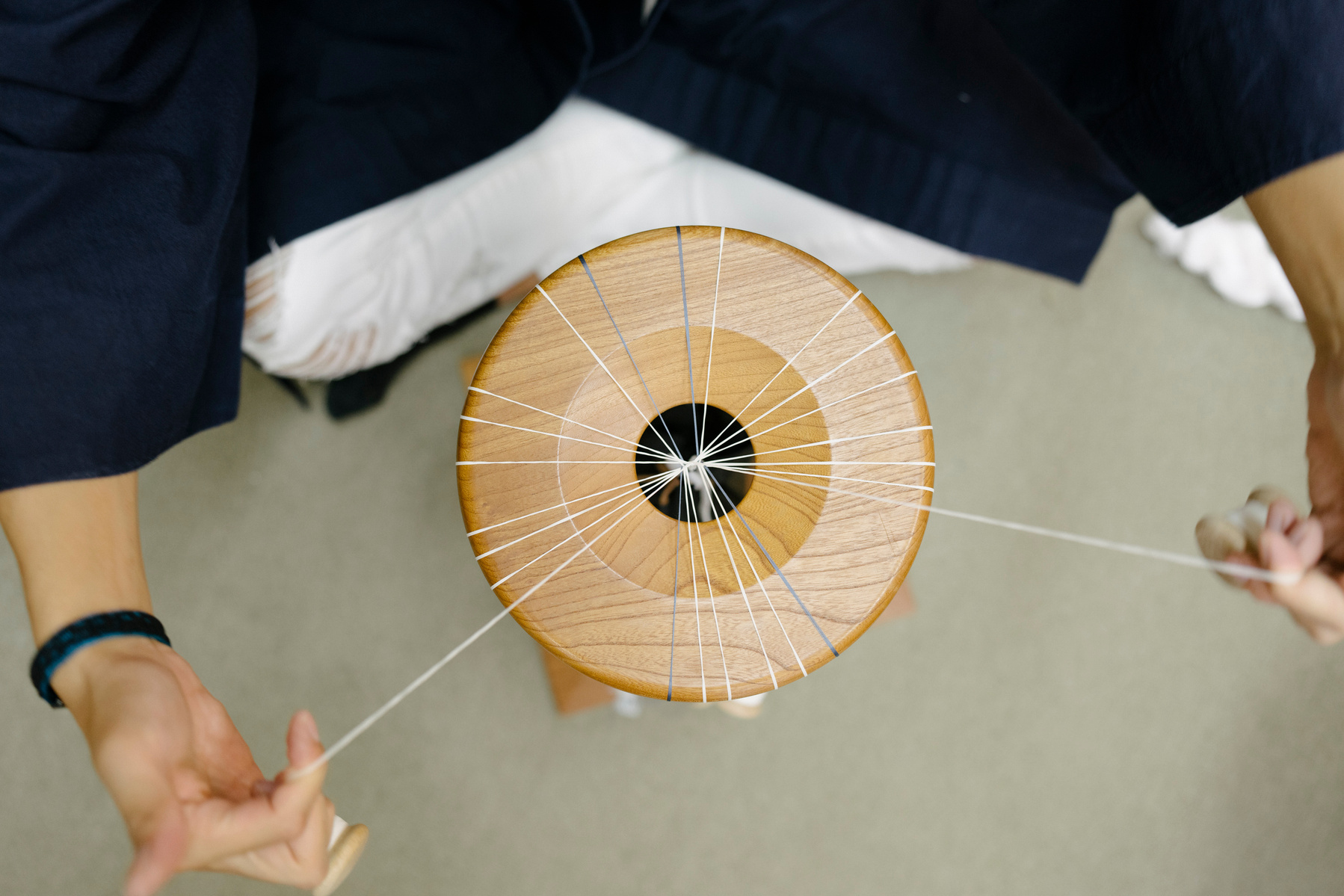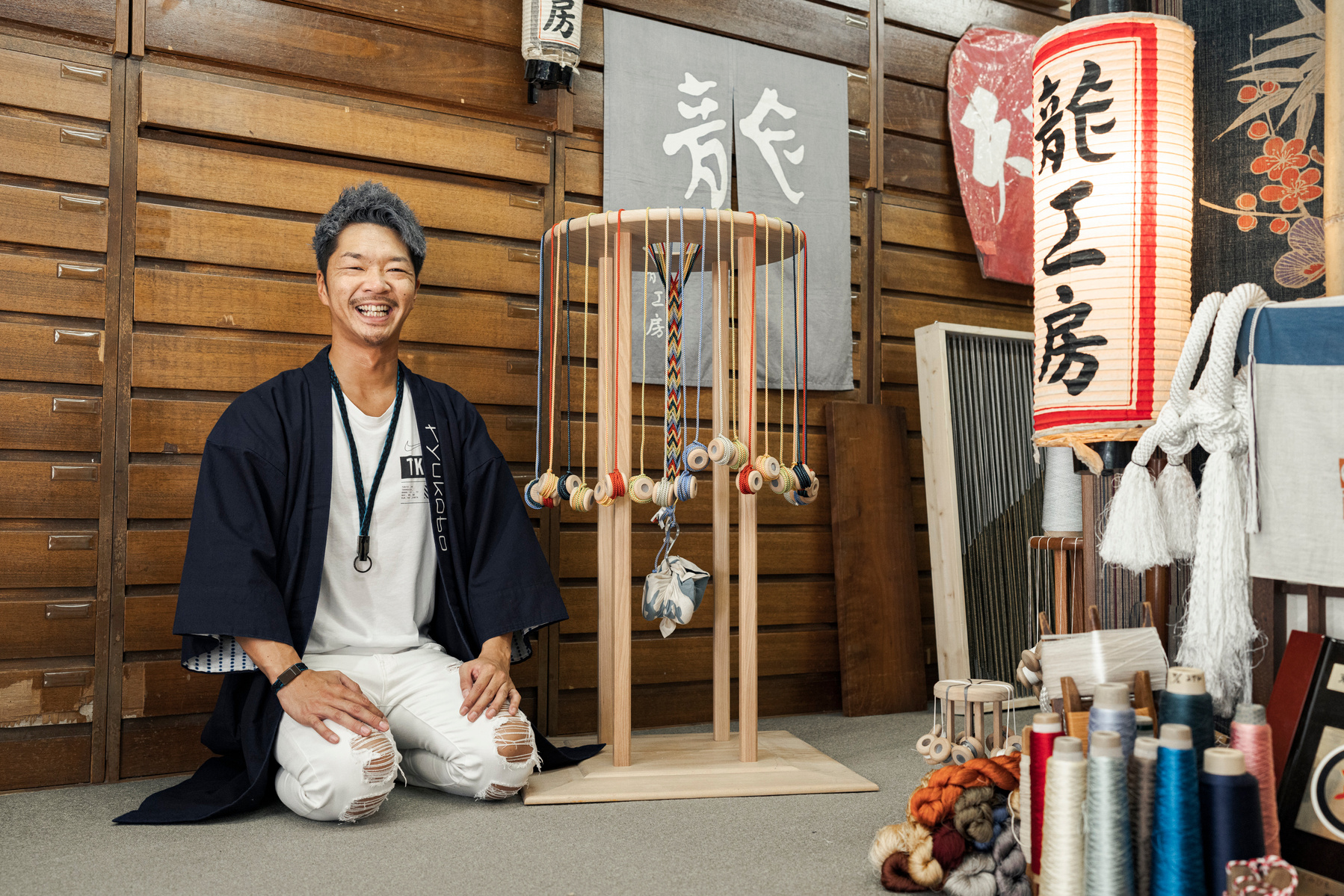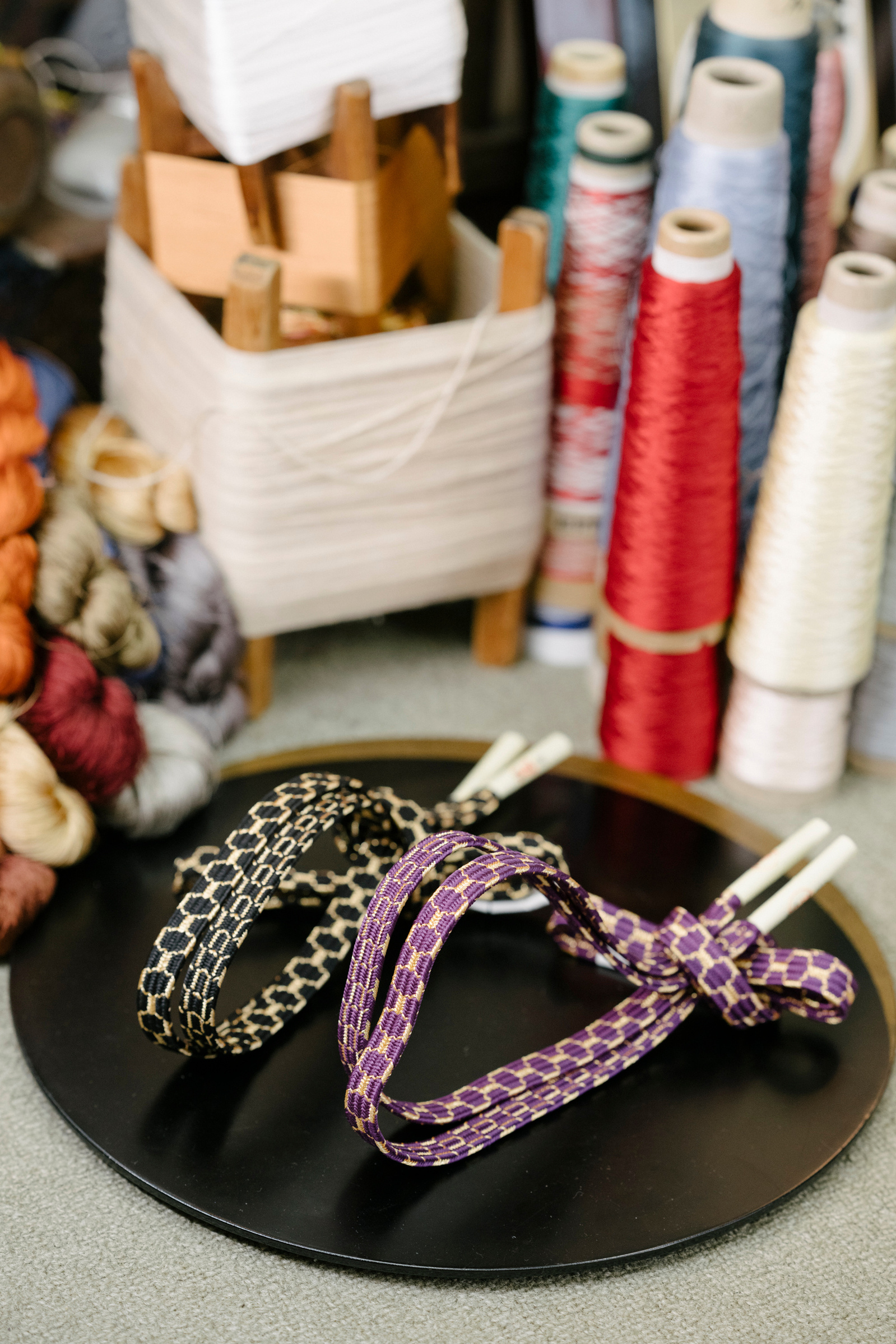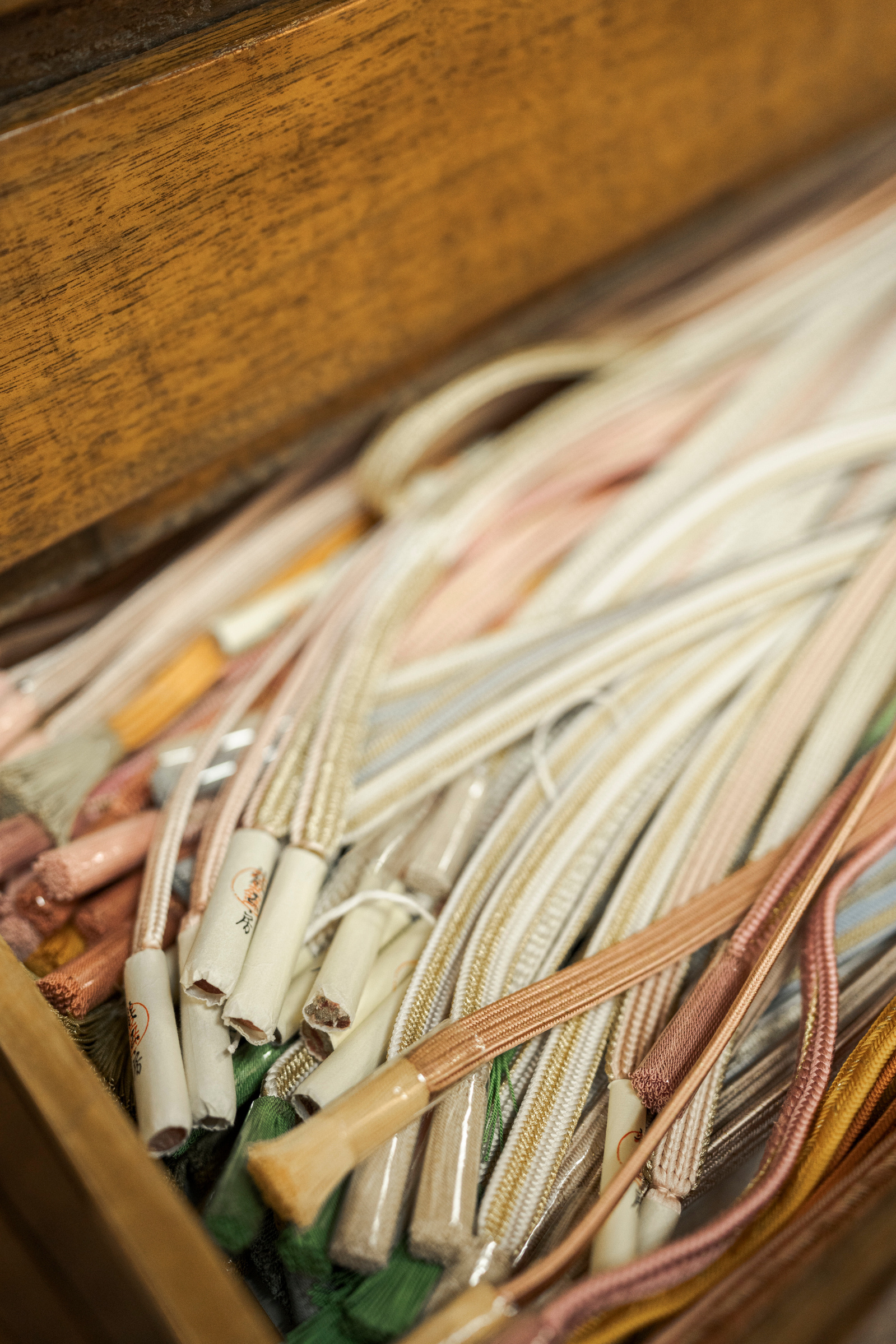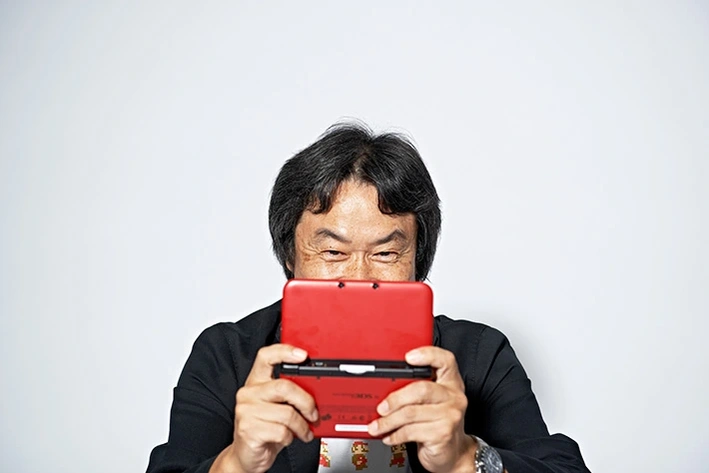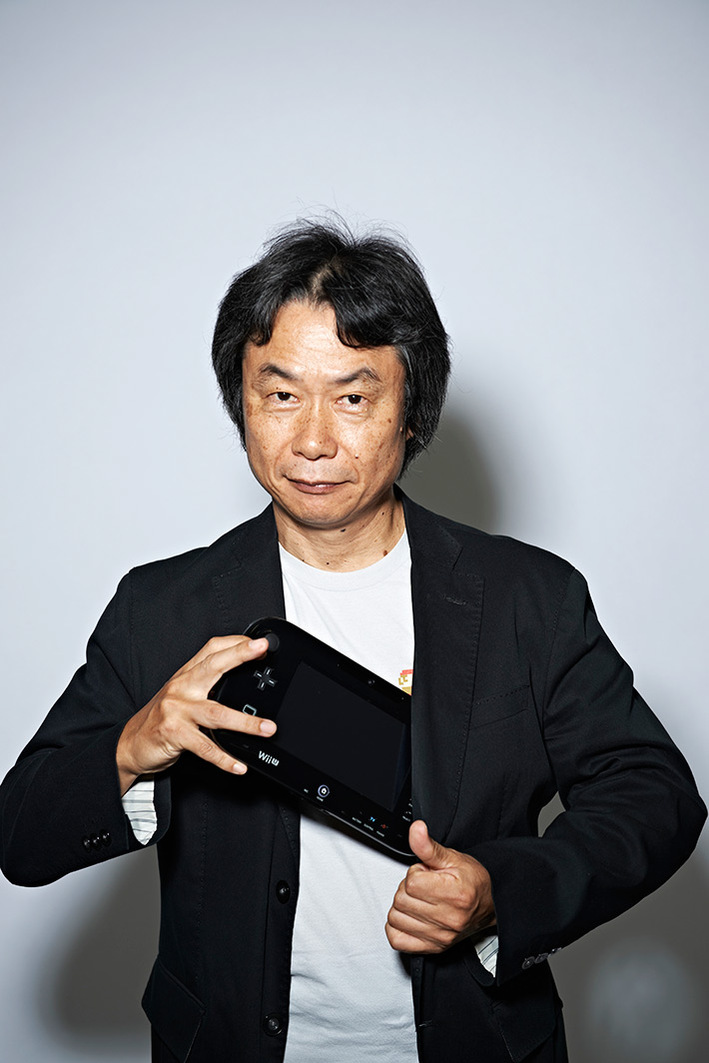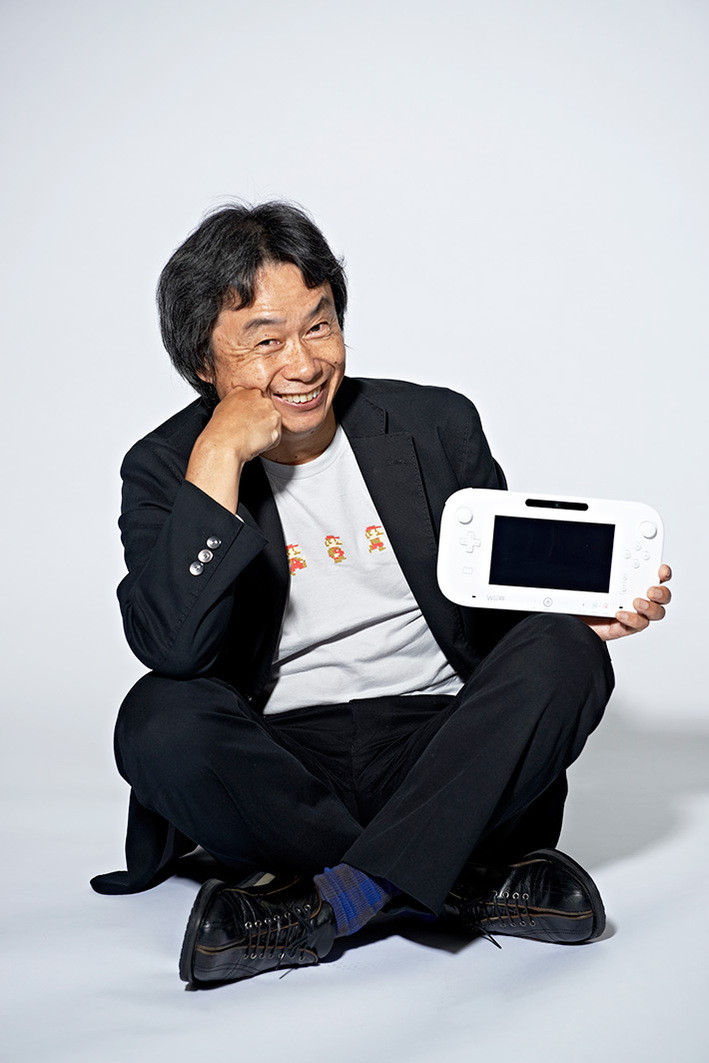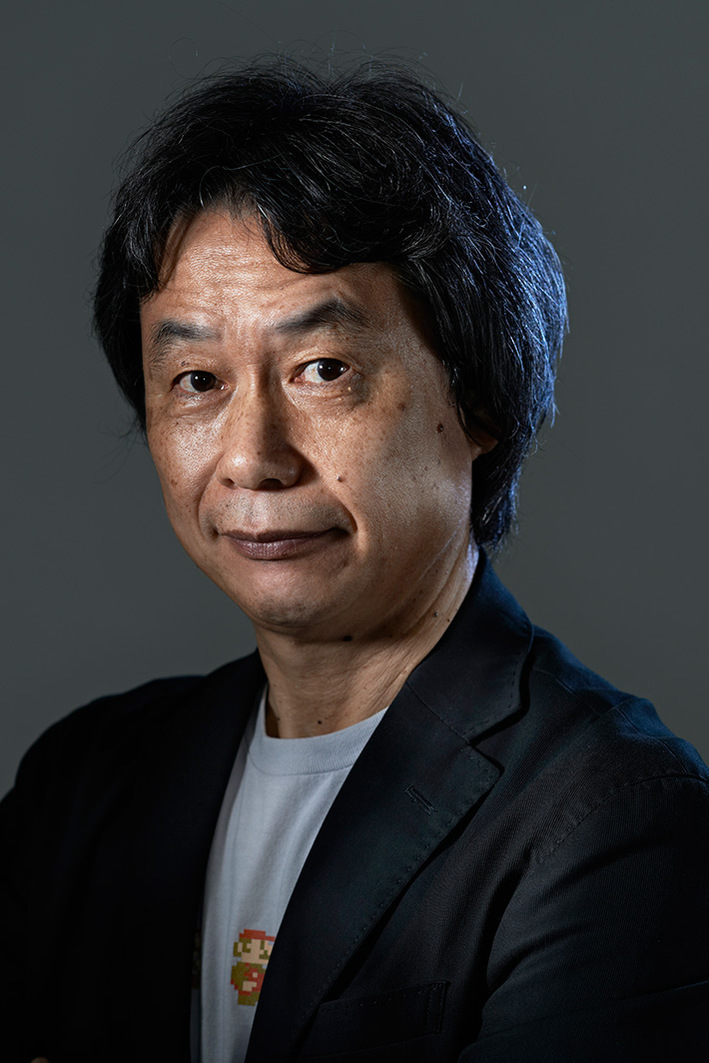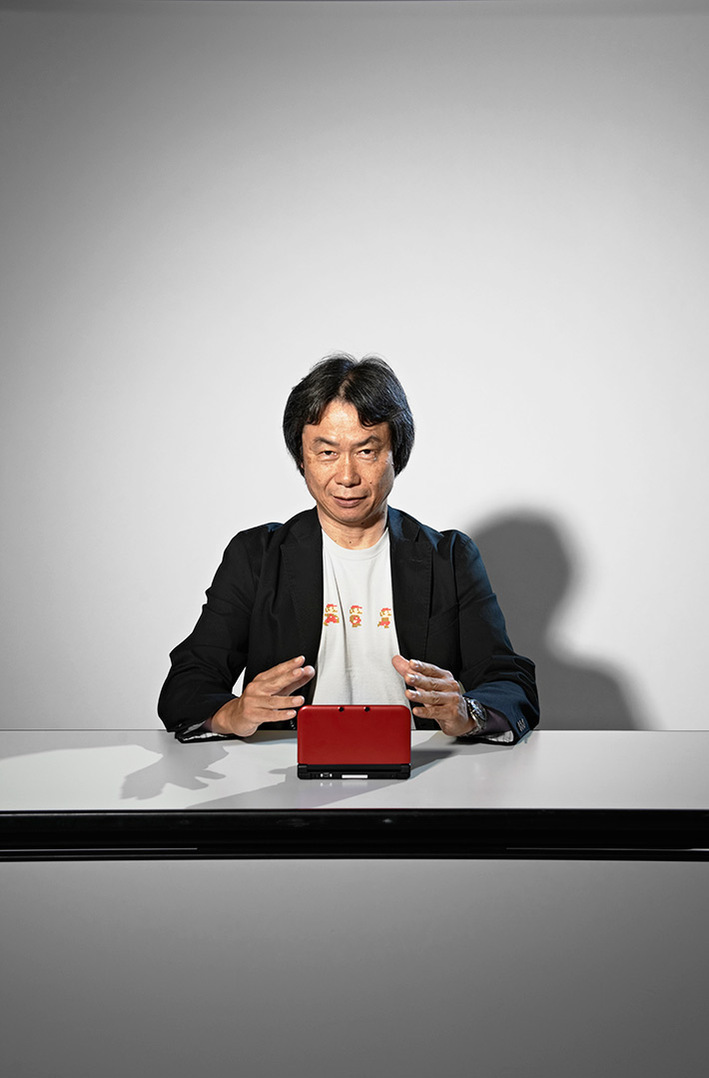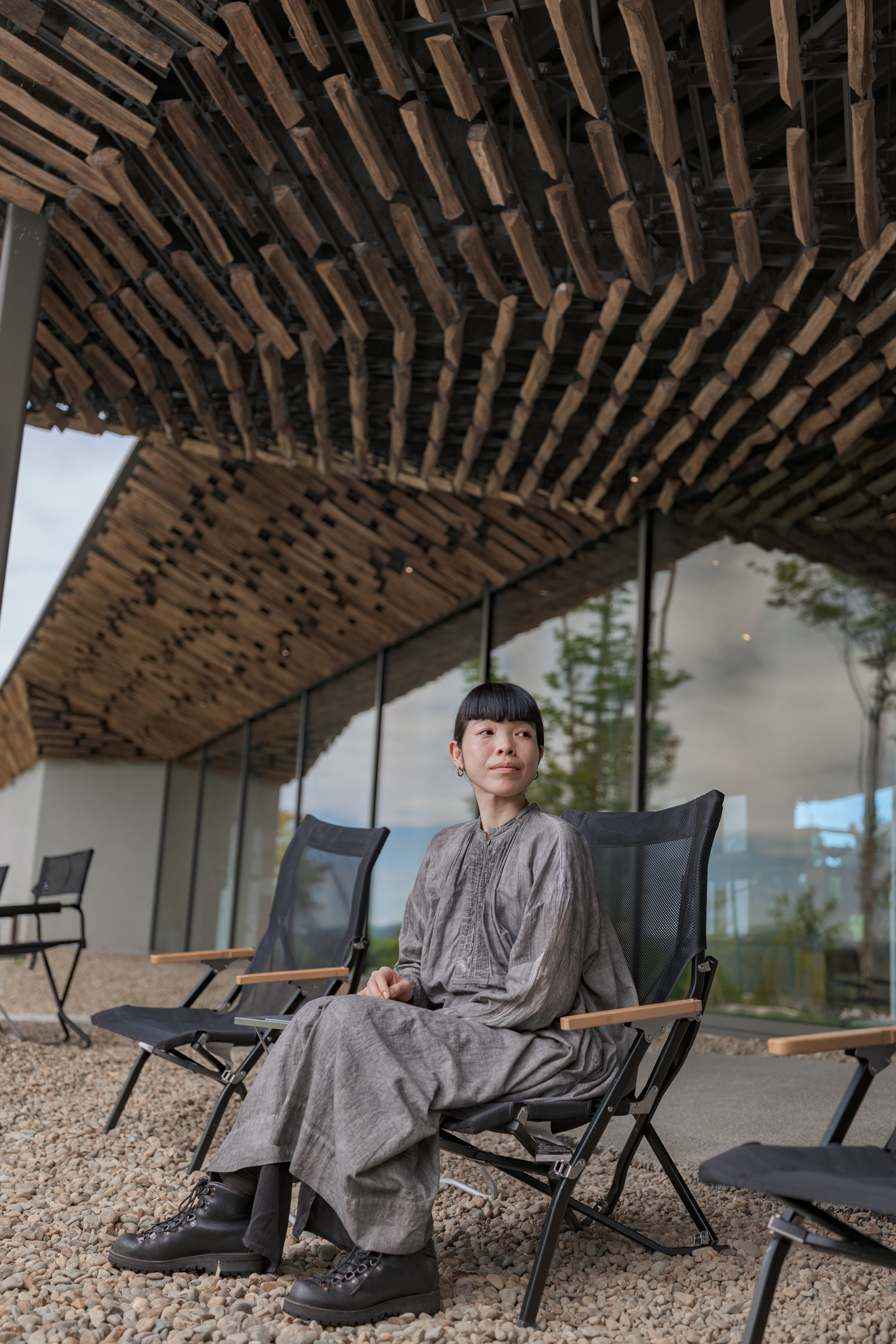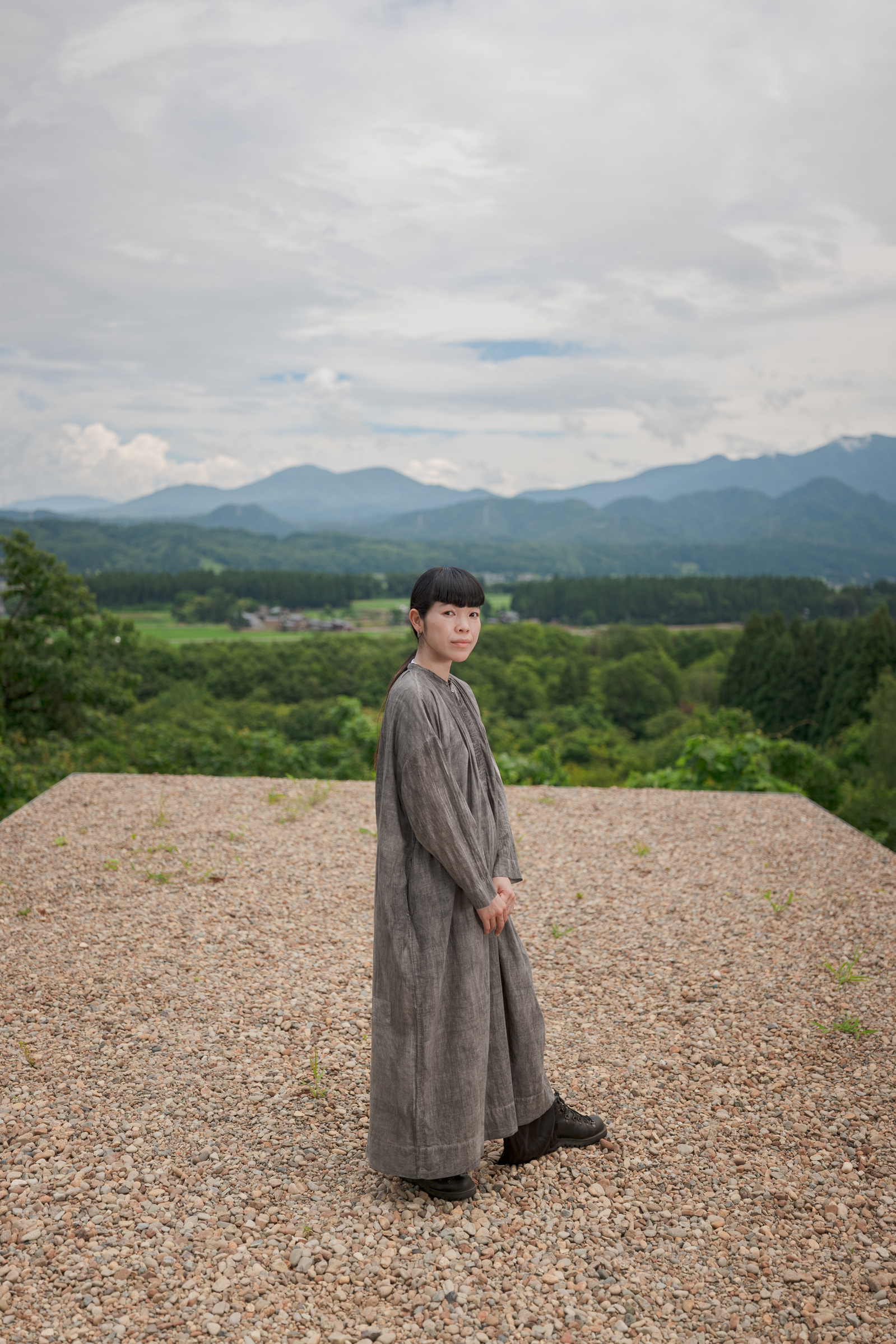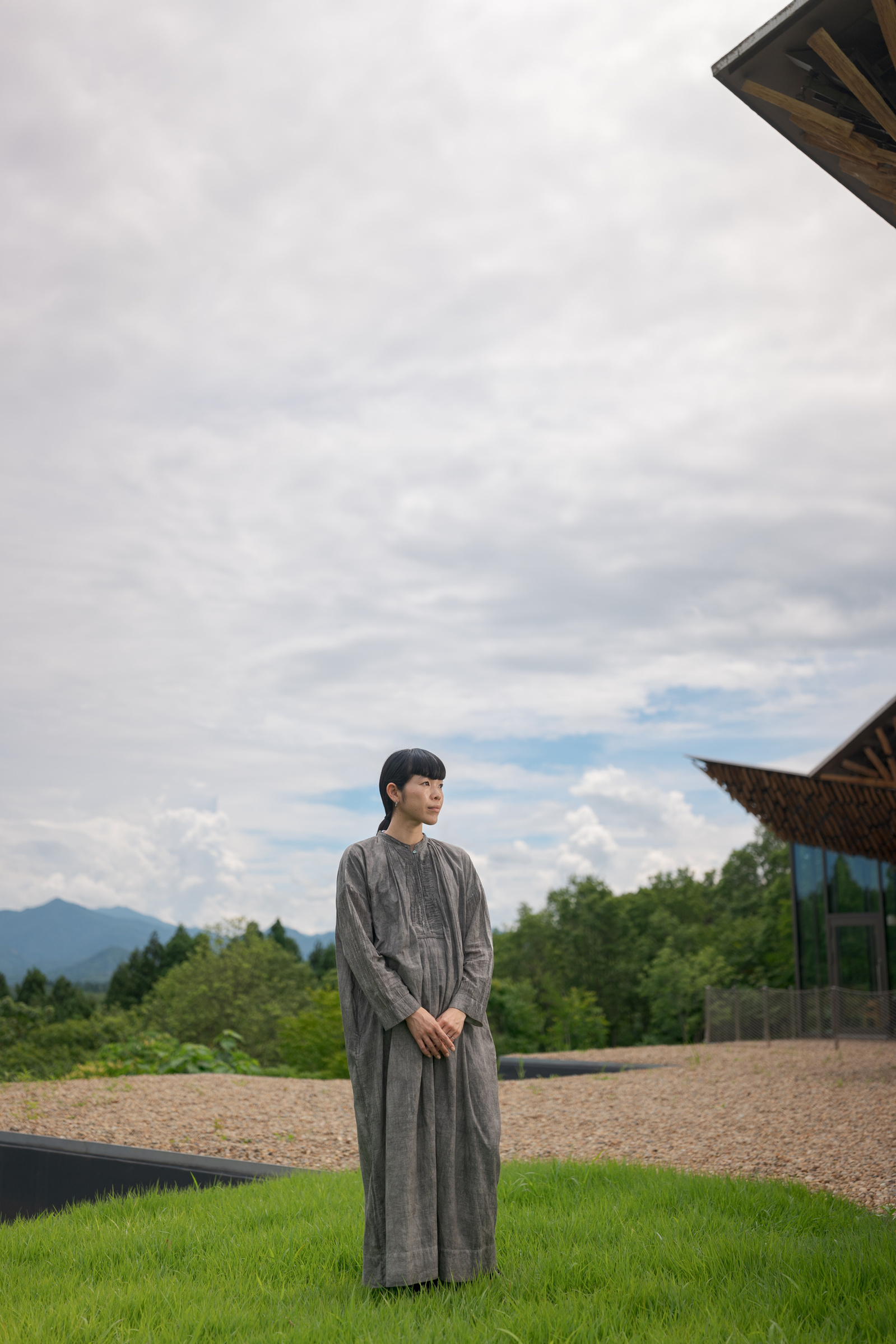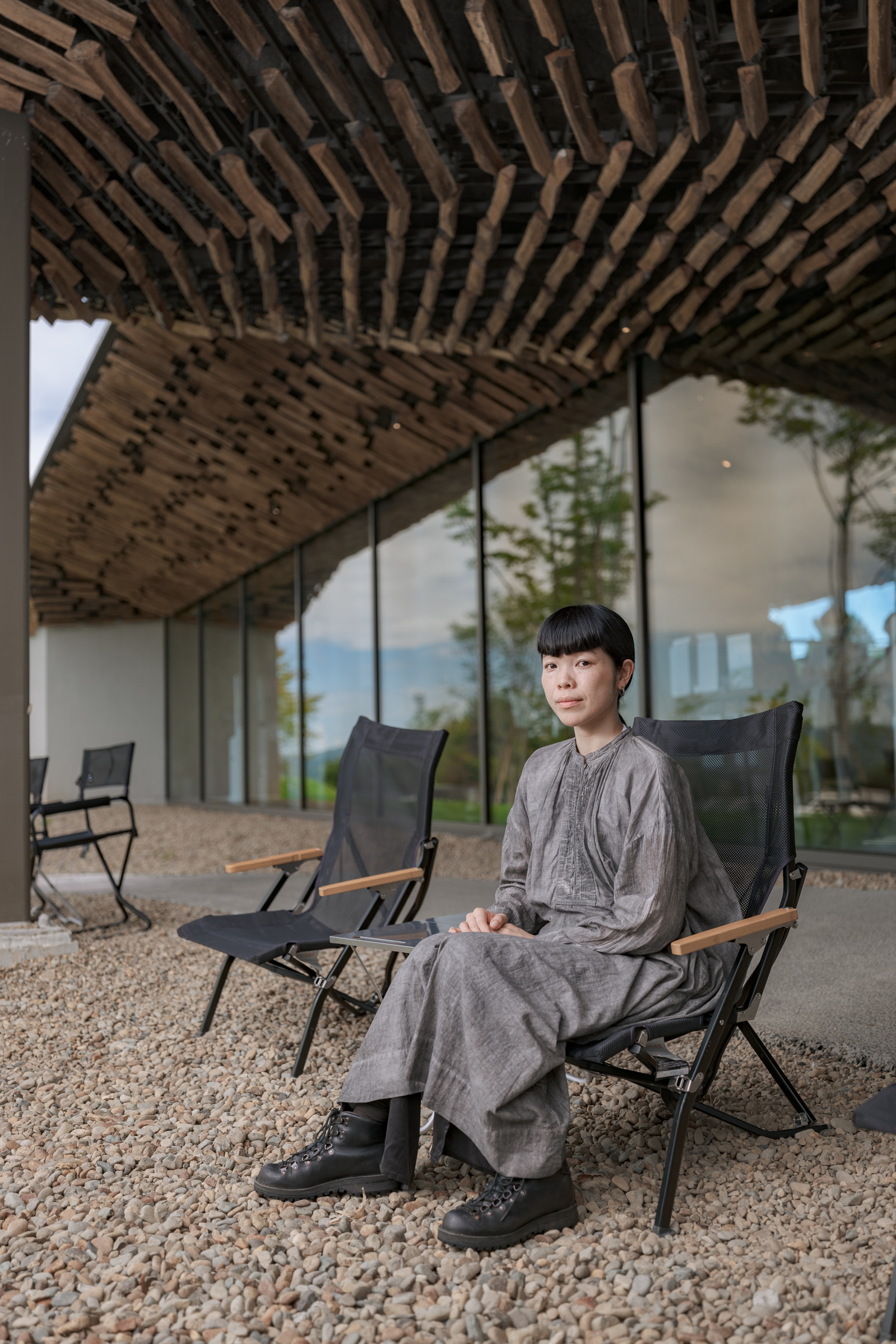One of the things about photographing traditional crafts in Tokyo is a sense of disconnect each workshop has with its surroundings, both in a historical and physical sense.
This is not necessarily a bad thing, merely an unavoidable product of Tokyo having been the focus of all of Japan’s economic and political power for so many years, starting with its establishment as the seat of the Shogunate back in the 1600s. The sankin-kotai system implemented by the Shogun would see fief lords and their vassals traveling in from all over Japan to pay obeisance, dragging with them the massive caravans of their families, administrators, samurai, and very often, their favorite artisans. Thus Edo (the medieval name for Tokyo) became a melting pot of skilled artisans from all reaches of Japan. Cue the Meiji Revolution and Edo moves from de facto capital to official one, complete with a name change to one we all know: Tokyo. New winds were blowing - trade with foreign powers was cranking into high gear after centuries of isolationism. Artisans around the country with an yen to well, make yen, were moving their workshops into the new seat of the Emperor.
All of this is to say that Tokyo’s identity as a crafts capital is largely based on the near constant migration of high quality crafts. I’d be hard pressed to name a homegrown Tokyo handicraft that didn’t borrow heavily from the many regional influences present at the time.
Case in point is Ryukobo, a kumihimo workshop that’s been around since the late 1800s. Kumihimo, or braided cords, are an irreplaceable staple in many parts of Japanese life through the ages. It’s been around since the Asuka period, emerging in Nara, finding usage in samurai regalia, religious items, and later on as part of the Edo kimono. Nowadays kumihimo is branching out, finding new ways to thrive, and Ryukobo is at the very front of the pack.
Pictured above are the father and son duo Fukuda Ryu and Ryuta respectively. Father Ryu spent a year learning dyeing from a local master before returning to integrate that knowledge into running his family’s kumihimo workshop, offering bespoke design and dyeing for their cords.
Son Ryuta graduated from university before joining his father in the family business, bringing much needed business and design acumen in developing new products that utilized their traditional techniques. This dynamic partnership has proven a force to be reckoned with - amongst many honors they’ve collaborated on shoes worn by Lady Gaga, and were tapped to make the medal sashes for the 2019 Rugby World Cup in Japan. That’s Ryuta pictured below, photographed as one of the finalists in the Japan Crafts 21 contest.
Normally when I photograph artisans I tend to have them focused, contemplative, immersed in their world. Ryuta however, had a different idea for his photo, beaming me a brilliant, face-splitting smile. “I prefer to be photographed like this,” he told me. “I like looking happy.”
As a photographer, I can’t argue with something like that. You’ve got to go along with the subject when they’re bringing energy to a shoot, and in this case, he stands apart from all of the other artisan portraits I’ve made - a young professional brimming with positive energy, just the thing a traditional craft like kumihimo needs.
Recently I found the photo blog from my old website, where I posted about photoshoots from Tokyo and all around Japan, and some other photography-related thoughts as well. I thought I’d migrate them over to this nice clean platform to give them a new lease on life. Enjoy!
Miyamoto Shigeru for XL Semenal Magazine
In the lead up to the release of the Wii U console recently, I photographed Nintendo’s creative brain and main game designer, Miyamoto Shigeru. This man is credited with creating some of video gaming’s most famous franchises, including Mario, Donkey Kong and Zelda, to name a few; he is an elder-statesman, a legend of the nerd world and being a massive nerd myself, I was literally over the moon at the prospect of meeting him and photographing him (I think Zelda: A Link To The Past for the SNES is one of the greatest video games ever made). Better still, the photoshoot would be at Nintendo Headquarters in Kyoto, so I would get a bit of travel in to boot. In addition to all of that, we got to play the at-the-time unreleased new console, the Wii-U, with Miyamoto-san giving us the lowdown on all of the new features and specs while trying to knock us into bottomless pits. All in all, one of those awesome jobs that makes me glad I’m a photographer.
I had about 30 minutes to do everything, which included a variety of different looks for the clients that hired me, which all in all turned out to be just enough time. Upon arriving at Nintendo HQ (a very drab and sterile-looking place – not at all how I had imagined it), we were placed in a large meeting room with no points of visual interest at all. First thing I did was to ask to get a tour of the entire premises – that means everywhere; basement, roof, storerooms etc if possible – because sometimes they can end up being the coolest spots to photograph in. Usually people are fine with it but this particular occasion they weren’t going to let us outside of the meeting room. I persisted gently for a few minutes but to no avail – Nintendo is a secretive company that likes to keep its cards close to its chest, and I wasn’t going to get any options outside of the typically featureless conference room that we were standing in. That threw my game plan out of whack for a while, as my brief required at least 5 distinctly different looks, but I figured that with no visual interest in the environment I would have to use a variety different lighting setups to evoke different moods and themes (Thanks strobist!!). Miyamoto-san turned out to be extremely gracious and patient, and very receptive to all of the ideas I was throwing at him.
All in all it was a very satisfying shoot with a childhood hero, a lot of fun and I feel like I’ve gained some major nerd points. For you curious gear-nerd types, the equipment used was a Nikon D800 with a gridded Einstein and Orbis ring flash. Until next time!
tokyo-photographer
tokyo-commercial-photographer
editorial-photographer
Tokyo may seem like the hub where most of my photography work gets done, but in reality there are amazing companies both new and old scattered throughout Japan. I enjoy the opportunities I have to travel to remote places to photograph some very interesting people.
One such recent opportunity was a commission to photograph Lisa Yamai, the CEO of Snowpeak, a Japanese company specializing in outdoor wear and camping equipment. Of course, you would think a company focused on nature and outdoor activities would feel out of place headquartered in Tokyo, and you’d be right. That’s why Snowpeak HQ is located in a literal mountain range in Niigata prefecture, which is roughly two hours north of Tokyo by bullet train, nestled in a spacious camp ground with plenty of hiking potential for employees to test out their company’s gear!
As is often the case with editorial shoots from overseas clients, (in this case it was the investment firm Baillie Gifford), they understandably weren’t able to be at the shoot, and so it was largely left to me to complete the shoot with only the broad brushstrokes of a brief to help guide my decisions. As neither I nor the client had visited the location before, it was up to me to find a suitable spot for the shoot that gave me leeway to pivot in case things weren’t going swimmingly. I settled on the balcony overlooking a mountain range in the distance, with the employee hotspring building (!) nearby for a different option.
Ms. Yamai was very nice and accommodating and we talked a bit about cameras after she remarked on my Leica SL2-s, which I was using to shoot on this occasion.
1
